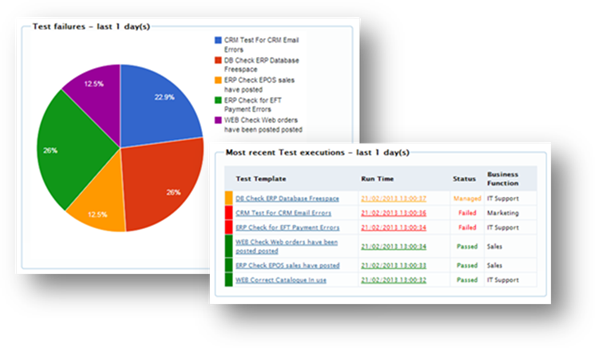
Flagship Insight Data Monitoring and Alerting
Organisations should be aware of system and data issues before their customers so
why not proactively monitor your data in the same way that you might monitor your
IT infrastructure?
If your data can tell you that a web page is unavailable or a newly launched product
is out of stock, why provide a poor user experience and risk dropped sales? If your
data can tell you that email addresses are missing or invalid, why wait for a disappointing
marketing campaign? Why wait until a downstream system fails to find out that there
is a bottleneck in the flow of data through your business systems?
Flagship Insight allows organisations to proactively monitor the flow, quality and
accuracy of data as it moves through the information infrastructure, identifying
anomalies and reporting on the potential impact of those anomalies before they impact
the business or customers.
Book a demo »